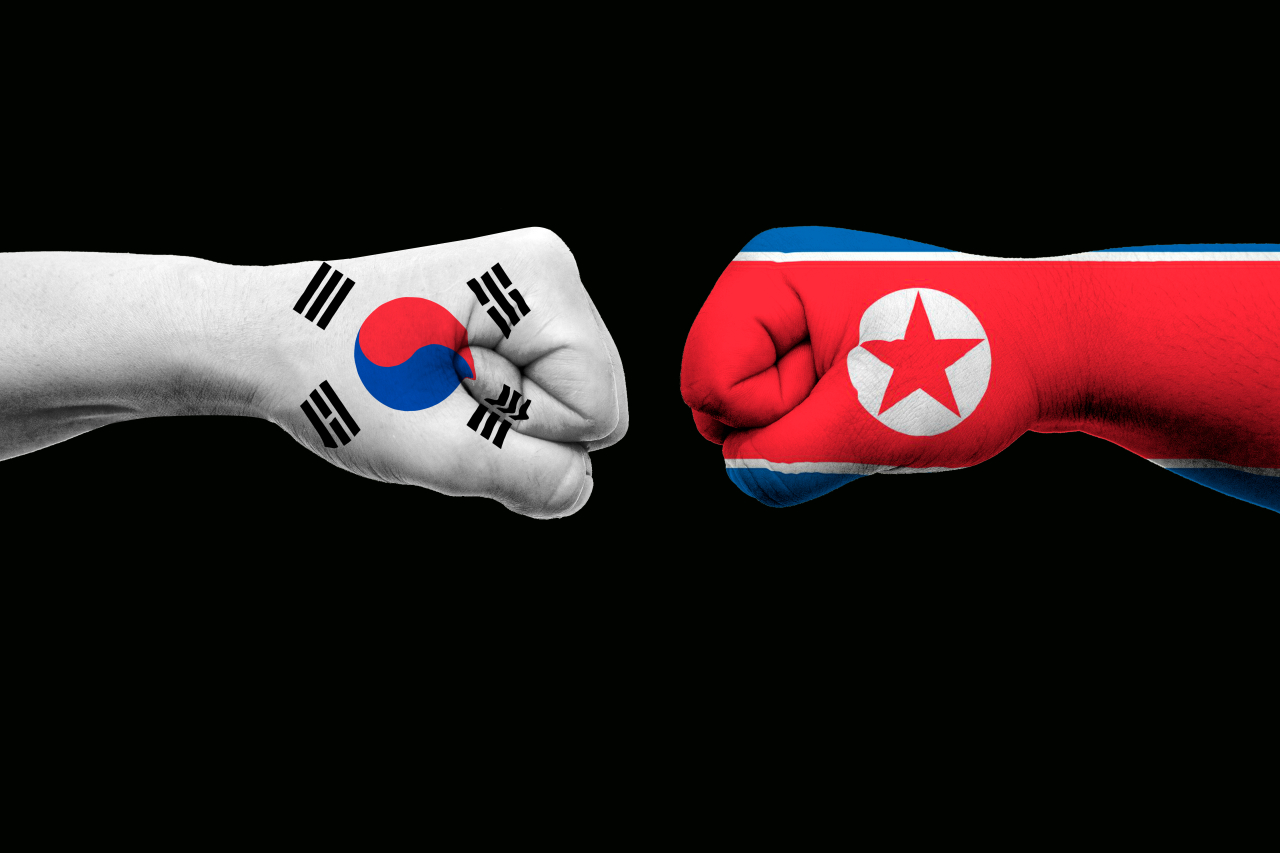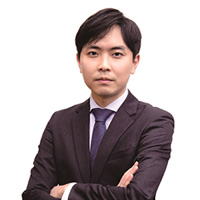Seoul again refrains from declaring North ‘the enemy’
By Choi Si-youngPublished : Feb. 2, 2021 - 15:25

South Korea’s Ministry of National Defense did not single out North Korea as “the enemy” in this year’s white paper, revealed Tuesday. That is the second time since 2019, when it removed the designation amid a flurry of diplomatic activity to build an inter-Korean detente.
The Moon Jae-in government is seen as trying not to upset North Korea while working to repair inter-Korean ties frayed over disagreement on denuclearization and sanctions relief.
In the paper, an enemy is defined as anything that threatens South Korea’s sovereignty, territory, citizens and property. North Korea’s weapons of mass destruction are also a threat to peace on the Korean Peninsula, it said.
North Korea, which maintains a standing army twice the size of South Korea’s, is invested in building unconventional weapons such as missiles and submarines to counter the combined forces of Seoul and Washington, according to the paper.
Pyongyang, which touted its latest ballistic missiles at a January party meeting, said it will now pursue hypersonic missiles and tactical nuclear weapons. Experts are split over whether the North has the resources to introduce the weaponry.
The paper emphasized that South Korea operates a robust missile defense.
Seoul maintains a missile defense network in which the Patriot intercepts missiles flying at low altitudes and THAAD takes down threats at high altitudes. THAAD has a much longer-range radar than the Patriot, so it can scan where the threat is suspected to appear in the sky and thwart it.
The Terminal High Altitude Area Defense system is a US-made anti-missile battery that South Korea deployed in April 2017.
The paper noted that Seoul is “accelerating the push” to take over the wartime operational command from Washington, which has been responsible for it since the onset of the 1950-53 Korean War. The conflict ended without a peace treaty, leaving the two Koreas technically at war.
The Moon government plans to complete the transfer by May next year, before Moon leaves office. But the deadline is considered next to impossible, as the two allies missed out on opportunities last year due to the coronavirus to test Seoul’s readiness to assume the wartime role.
Also on Tuesday, Gen. Won In-chul, chairman of South Korea’s Joint Chiefs of Staff, and his US counterpart, Gen. Mark Milley, discussed via videoconference seeing some “concrete progress” on the wartime role transfer.
The two military chiefs said they will move forward to achieve progress on the issue despite the pandemic challenges and to build a stronger alliance, which Gen. Mark Milley described as the linchpin in establishing peace and prosperity in Northeast Asia.
The white paper addressed Japan and China as well, calling Tokyo a neighbor instead of a partner as it was referred to in 2019, showing a growing rift between the two Asian neighbors over the forced labor feud, among others.
In 2019, Seoul and Tokyo exchanged tit-for-tat diplomatic reprisals after Korea’s Supreme Court ruled the victims of forced labor who worked for Japan during World War II had the right to seek compensation from Japanese companies.
Seoul and Beijing worked to normalize ties following a summit between the two leaders in 2017, the paper added.
By Choi Si-young (siyoungchoi@heraldcorp.com)
The Moon Jae-in government is seen as trying not to upset North Korea while working to repair inter-Korean ties frayed over disagreement on denuclearization and sanctions relief.
In the paper, an enemy is defined as anything that threatens South Korea’s sovereignty, territory, citizens and property. North Korea’s weapons of mass destruction are also a threat to peace on the Korean Peninsula, it said.
North Korea, which maintains a standing army twice the size of South Korea’s, is invested in building unconventional weapons such as missiles and submarines to counter the combined forces of Seoul and Washington, according to the paper.
Pyongyang, which touted its latest ballistic missiles at a January party meeting, said it will now pursue hypersonic missiles and tactical nuclear weapons. Experts are split over whether the North has the resources to introduce the weaponry.
The paper emphasized that South Korea operates a robust missile defense.
Seoul maintains a missile defense network in which the Patriot intercepts missiles flying at low altitudes and THAAD takes down threats at high altitudes. THAAD has a much longer-range radar than the Patriot, so it can scan where the threat is suspected to appear in the sky and thwart it.
The Terminal High Altitude Area Defense system is a US-made anti-missile battery that South Korea deployed in April 2017.
The paper noted that Seoul is “accelerating the push” to take over the wartime operational command from Washington, which has been responsible for it since the onset of the 1950-53 Korean War. The conflict ended without a peace treaty, leaving the two Koreas technically at war.
The Moon government plans to complete the transfer by May next year, before Moon leaves office. But the deadline is considered next to impossible, as the two allies missed out on opportunities last year due to the coronavirus to test Seoul’s readiness to assume the wartime role.
Also on Tuesday, Gen. Won In-chul, chairman of South Korea’s Joint Chiefs of Staff, and his US counterpart, Gen. Mark Milley, discussed via videoconference seeing some “concrete progress” on the wartime role transfer.
The two military chiefs said they will move forward to achieve progress on the issue despite the pandemic challenges and to build a stronger alliance, which Gen. Mark Milley described as the linchpin in establishing peace and prosperity in Northeast Asia.
The white paper addressed Japan and China as well, calling Tokyo a neighbor instead of a partner as it was referred to in 2019, showing a growing rift between the two Asian neighbors over the forced labor feud, among others.
In 2019, Seoul and Tokyo exchanged tit-for-tat diplomatic reprisals after Korea’s Supreme Court ruled the victims of forced labor who worked for Japan during World War II had the right to seek compensation from Japanese companies.
Seoul and Beijing worked to normalize ties following a summit between the two leaders in 2017, the paper added.
By Choi Si-young (siyoungchoi@heraldcorp.com)







![[KH Explains] Hyundai's full hybrid edge to pay off amid slow transition to pure EVs](http://res.heraldm.com/phpwas/restmb_idxmake.php?idx=644&simg=/content/image/2024/04/18/20240418050645_0.jpg&u=20240419100350)







![[From the Scene] Monks, Buddhists hail return of remains of Buddhas](http://res.heraldm.com/phpwas/restmb_idxmake.php?idx=652&simg=/content/image/2024/04/19/20240419050617_0.jpg&u=20240419175937)

![[KH Explains] Hyundai's full hybrid edge to pay off amid slow transition to pure EVs](http://res.heraldm.com/phpwas/restmb_idxmake.php?idx=652&simg=/content/image/2024/04/18/20240418050645_0.jpg&u=20240419100350)

![[Today’s K-pop] Illit drops debut single remix](http://res.heraldm.com/phpwas/restmb_idxmake.php?idx=642&simg=/content/image/2024/04/19/20240419050612_0.jpg&u=)